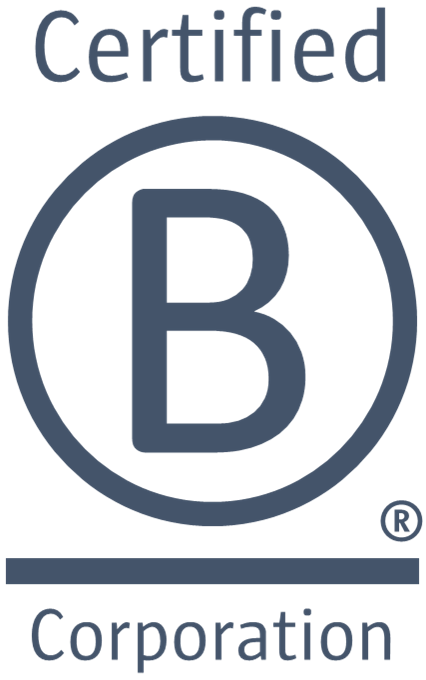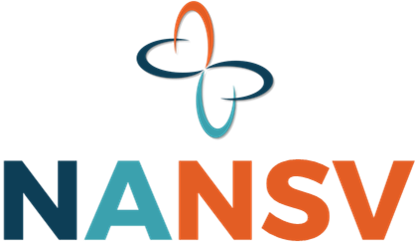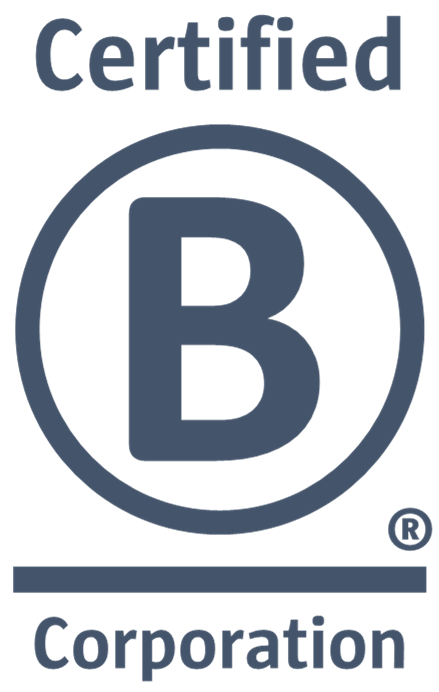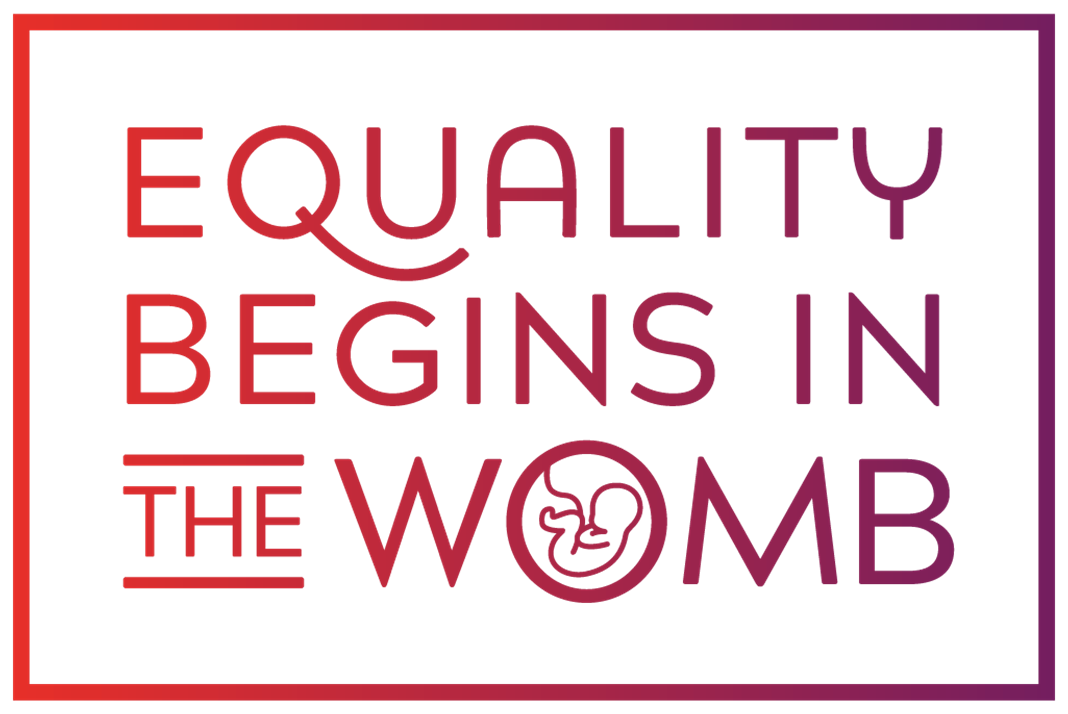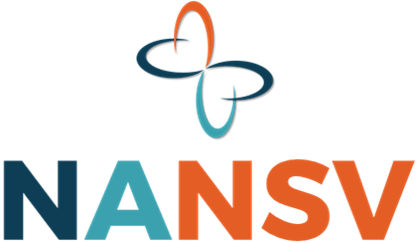Originally published Aug 20, 2017
As we’ve
discussed in previous posts, Strategic Planning is critical to non-profits, and
one of key factors in actionability and, ultimately, successful execution
is resources.
You can have the most exciting,
forward-thinking plan ever created, but if you don’t have what it takes to
follow through, it won’t lead you where you want to go. At a minimum, this
includes human resources, and it also often includes financial resources. In
the end, if your non-profit doesn’t have the people needed to effectively
execute strategies, those strategies might as well not exist, because they
simply will never get implemented. It follows, of course, that if you can’t
somehow acquire an adequate number of people with the right skills to put you
Strategic Plan into action—often due to financial limitations—the requisite
human resources simply won’t be there to do what needs to be done.
If you
prefer a clearer statement, it’s people that are one of strategy’s most
significant limiting factors, and sufficient funding is often necessary to
ensure that who you need is who you have. That’s why resources need to be
explicitly considered in the Strategic Planning process but, for whatever
reasons, the topic is frequently avoided until it’s too late. It’s a complex
and potentially time-consuming discussion to have, which may be why it is given
short shrift. However, sacrificing an essential element of actionable planning
for the sake of simplicity is poor practice. If they’re going to gloss over
resource requirements and acc essibility, non-profits might as well not even
bother putting in the effort behind planning to begin with—more than likely, it
will be time and money wasted and, potentially, opportunities lost, enthusiasm
blunted, and credibility damaged.
Unless
strategies are adequately resourced, Strategic Plans are essentially useless.
Resourcing isn’t easy. Big ideas shouldn’t be stifled because of presumed
limitations that may or may not be real. Some actions may be dependent on
others, timing is important, public perceptions matter, and there are other
factors to consider. As such, the discussion of resources is necessarily
intricate and quite involved.
So how
should non-profits think about resources in Strategic Planning? Here are six things to consider:
1. You can and should “dream big.”
Non-profits should take an initial cut at their Strategic Plans unconstrained
by resources, thinking about “ideals,” defining incremental metrics, and
prioritizing. If they don’t, they may miss great opportunities to secure the
future and take. This may seem counter-intuitive given the discussion above,
but keep in mind that sound Strategic Plans cannot be crafted overnight.
If you invest the time in the process, you’ll have the opportunity to evaluate
the feasibility and actionability of your strategies later.
2. You need to identify requirements.
Once non-profits have created initial drafts, they need to take the time to
determine the level of effort (LOE) and skills necessary to execute. This is a
critical step in ensuring that Strategic Plans are actionable. If you
understand the number of people and the associated expertise you need, you’re
halfway to a realistic plan. This doesn’t need to be a large group activity—in
fact, a resource analysis may be conducted between working sessions by a
knowledgeable, representative sub-committee.
3. You should know both who’s available, and
when.
Once requirements are identified, non-profits should look
at the people they can access, including Board members, executives, staff,
volunteers, etc. They need to be realistic about individual capabilities and
other commitments, and allocate people who can truly do the work necessary to
execute strategies. It’s also important to note how long execution may take
given the amount of time people can dedicate, and when they are able to
dedicate sufficient time.
4. You have to understand resource gaps.
Comparing resources to requirements allows non-profits to identify resource
deficiencies, in terms of both numbers of people and associated skill sets.
This isn’t always as easy as it sounds, because gaps may be alleviated by
spreading activities over time, when the right people are available. You’ll
have to think about sequencing of activities and, if possible, spread
activities over time to best leverage your resources. This may require
decisions on timing and duration of strategy execution.
5. There may be opportunities to get more people.
After identifying gaps, non-profits should talk through strategies to fill them—for example, new hires, more Board members, and/or external consultants may be options. They need to cost the requirements, and explore ways to get the funds needed to meet them. Viability—the extent to which funding options are realistic in terms of investment and likelihood of success—are key here as you evaluate whether it makes sense to pursue the resources that strategies require.
6. You’ll likely need to adjust your initial plan.
If non-profits decide it isn’t feasible to acquire the resources necessary to execute strategies, those strategies will have to be dropped from your “first cut.” As mentioned earlier, strategies are often linked—the ability to execute one often depends on others. When you exclude something because resources aren’t accessible, you need to see how that affects the rest of the plan, and you may need to adjust aspects like goals, objectives, and metrics accordingly.
As we’ve said, creating a sound, actionable Strategic Plan isn’t going to happen through a “one-and-done” facilitated “off-site.” It’s a time-consuming process to brainstorm, resource, and reconcile Strategic Plans, and many organizations would prefer to skip the latter two steps to “keep it simple.” It’s a mistake to go after the “pie in the sky” without ensuring that you have the people you need to execute, however—remember that clear, simple line, “people are one of strategy’s most significant limiting factors.” If you aim high, prioritize, and then scale back based on who you have and who you can reasonably get, you’ll create a forward-thinking plan you can act upon, and one that will deliver results. If you just develop a strategy without thinking through how it will get executed, you’re just going through the motions. No matter how exciting your Strategic Plan is—if it can’t be done, it’s not real.
Learn More
Contact us
for more information










